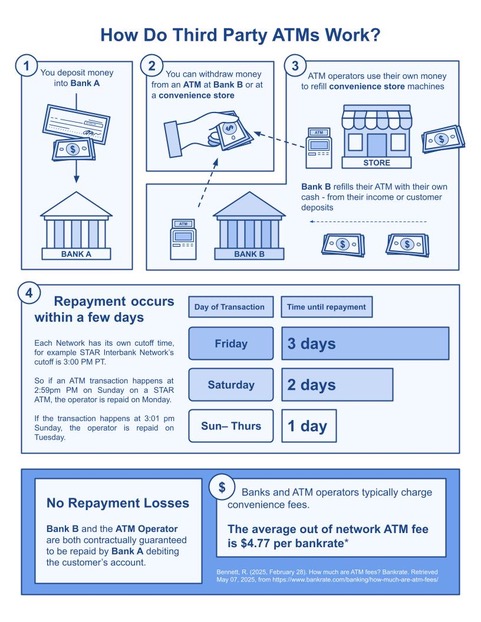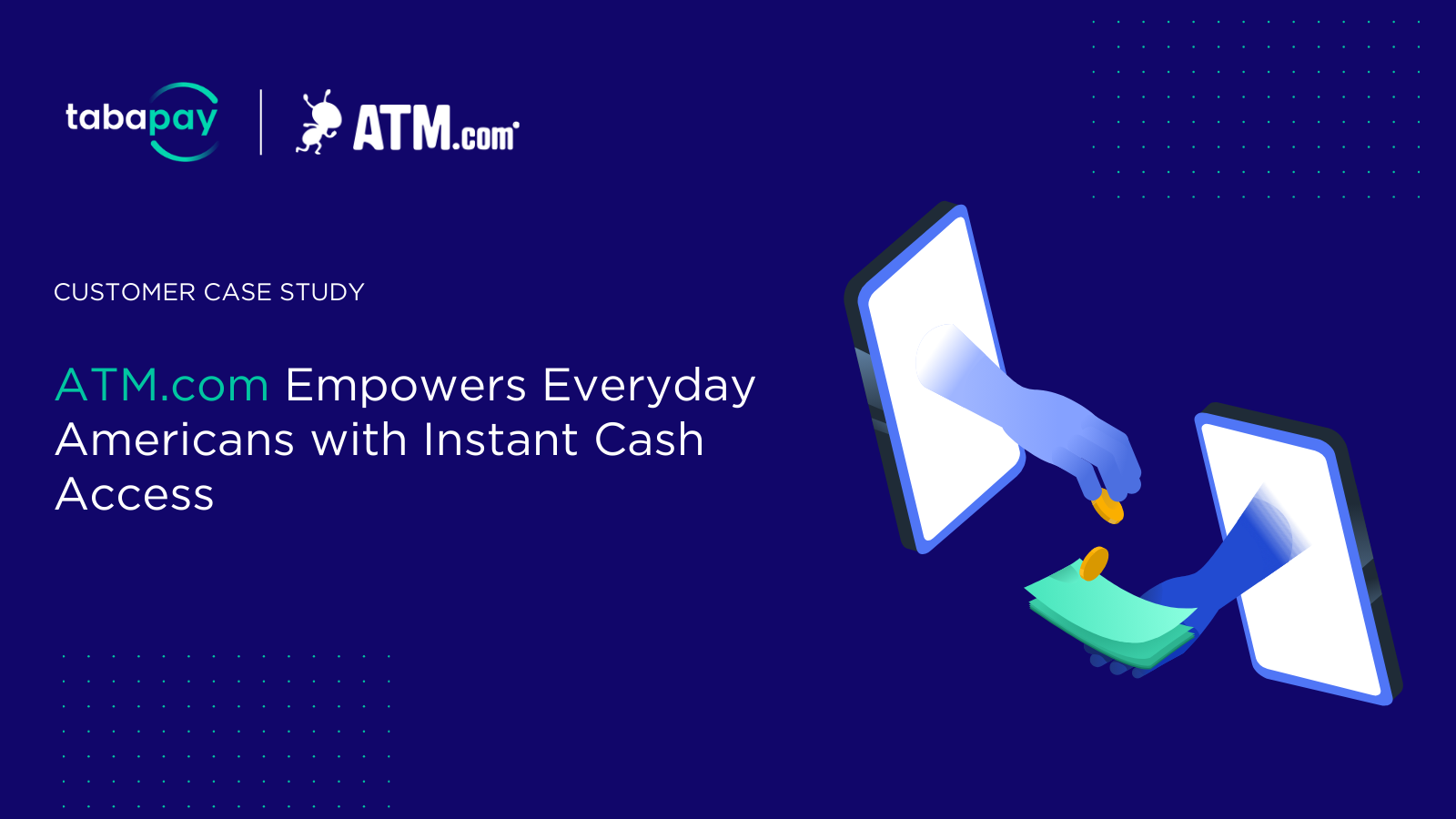In a world of higher interest rates, all businesses face an increased Cost of Capital (CoC). This affects the prices they charge, the products they offer, and often limits the innovation they can provide to their clients.
This is especially true for financial services companies that move money, such as lenders, banks, brokers, and money remitters. These types of businesses feel the higher CoC more than others since their cash-based products don’t have a hidden margin like other goods. For many, the higher costs can’t be absorbed because they are required to state their fees and interest charged above the amount transferred or funded. This puts these businesses in a position where they are left with few options to cover additional costs other than to pass their costs on to the consumer in the form of additional fees.
High fees, however, are something most fintechs want to avoid. These companies are typically serving underserved populations who have historically lacked access to the banking system or have been exploited by fees or policies in the traditional financial system. These fees are a cost to the consumer that limits how much the consumer can spend, borrow, or invest in a business. However, financial services companies, such as lenders, remitters, or any company that moves money, need to find ways to reduce their CoC to remain competitive and grow their business.
One way businesses are doing this is by leveraging settlement times. Settlement times are the timeframe between when a transaction is executed and when the actual transfer of money occurs. Businesses must manage settlement times since they impact when the company will have access to cash and the associated costs of operating its business. Businesses can strategically time payments or disbursements around network settlement times to enable them to have more operating capital to work with.
Network settlement times with ATMs

Let’s look at an example familiar to most of us – ATMs – to illustrate how network settlement times work.
Consider an ATM on the STAR network, which has a cutoff of 3:00 pm PT each day. A withdrawal that occurs at 2:59 pm PT must be paid by the card issuer the next business day (T+1), which is also when the ATM operator (acquirer) gets paid (T+1). The ATM operator provides the cash before it is paid by the card issuer and charges a fee because they are lending money to the cardholder until payment is made (and to cover costs associated with servicing the machine). If a withdrawal occurs at 3:01 pm PT, the ATM operator won’t receive payment for two days (T+2) and the issuer won’t have to pay for two days (T+2). The ATM operator is lending money to the cardholder for a two-day period.
Using cut-off times to your advantage in lending
Financial services businesses and fintechs can strategically use network cut-off times to lower their cost of capital. Let’s consider the case of a lender to illustrate how this could work. An online lender collects and disburses money through the STAR network as PINless transactions. If the lender collects from a borrower at 2:59 pm PT (T+0), the lender receives the money from STAR the next business day (T+1). If the lender disburses money to a new borrower through STAR at 2:59 pm PT (T+0), then the lender doesn’t pay the network until T+1. The lender can time the disbursements to correspond daily to the collections and avoid having to fund loans after T+1, instead just leveraging network settlement timings. This lender can run their business on one day of loan proceeds.
Better yet, if the lender disburses money to a new borrower through STAR at 3:01 pm PT (T+0), they don’t have to pay for two days (T+2). Let’s look at a real-world example to illustrate. Let’s say we have a lender, called LendingDog, and two borrowers: William and Taylor. LendingDog needs to collect $100 from William and disburse $100 to Taylor. LendingDog initiates both the $100 collection from William and the $100 disbursement to Taylor on Monday. William’s collection is timed for 2:58 pm PT, which means LendingDog will collect $100 on Tuesday, and Taylor’s disbursement is timed for 3:01 pm PT, which means LendingDog will pay the $100 disbursement on Wednesday. LendingDog has reduced its working capital requirement by one day.
International money movement for money transmitters can be similar. A money transmitter can originate an account funding transaction through STAR at 2:59pm PT then disburse instantly to an international card, choosing to either have both settling same time next business day, or disburse after cutoff at Visa or Mastercard – allowing two days to pay. The money transmitter can strategically use settlement times, just as a lender can.
Use time strategically for account funding
We’ve showcased the power of using the payment networks’ cutoff windows to reduce working capital for ATM operators and lenders. Let’s now explore cases where the payment network settlement times can reduce working capital, costs, and simplify treasury operations.
In this case, we’ll use a NeoBank that offers debit card Account Funding Transaction (AFT) with an instant credit to the client. AFTs are a transaction where funds are transferred from a cardholder’s account to another account they own (typically a digital wallet, prepaid card, or investment account). In an AFT, the funds settle T+1. One unique aspect is that the authorized funds are guaranteed to settle, so there is no risk to the Neobank of NSFs or funding an account when there aren’t any incoming funds. However, with debit card AFTs settling T+1, and the beneficiary receiving funds T+0, the business needs to cover the costs associated with the instant credit.
The traditional method involves the NeoBank prefunding the credit; however, this comes at a cost to the company. Let’s assume there is a 10% CoC, and the NeoBank is required to have at least 3 days of funds prefunded in an issuing bank to receive the credit.
For a $250 AFT this results in a $0.21 CoC: 10%/365 x 3 x 250 = $0.21
One way clients can reduce capital exposure is to use an Original Credit Transaction (OCT) to execute a back-to-back (AFT-OCT) transaction. If the business keeps both AFT and OCT within the same cutoff window, no treasury work or prefunding is required since the transactions will net out and both will settle the next business day, T+1. Additionally, since the OCT is an on-us credit, no interchange is charged with Visa network fees of $0.04 – much cheaper than CoC coupled with no treasury work.
Here’s a breakdown of the costs for each method, assuming a NeoBank originates 10,000 AFTs per day at $250.
- Prefunding credit of $2.5MM, results in CoC of $2,100 for the day
- Back-to-back AFT-OCT transaction, results in $400 for the day.
Using a two-sided AFT-OCT would result in $1,700 in daily savings, totaling $425,000 annually, illustrating how it is both cheaper and easier than prefunding credit. Back-to-back transactions and settlement times are just two methods TabaPay offers clients to reduce capital exposure and improve treasury functions.
Settlement times can help you optimize capital costs
Network settlement times offer a powerful, yet often overlooked, lever for optimizing capital costs. By strategically managing these periods, businesses can significantly reduce their working capital requirements and ultimately enhance their financial health. The benefits extend beyond mere cost savings, fostering greater financial agility and enabling more strategic investments. As the digital economy and the payments space continues to evolve, leveraging network settlement times is an increasingly vital component of sound financial management, even providing a competitive edge in a capital-intensive landscape.
Please contact us if you want to discuss these or other settlement options.






